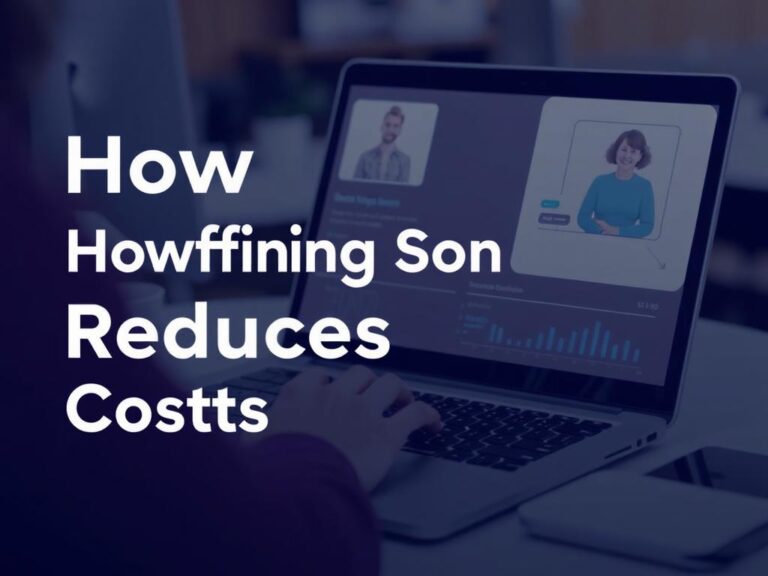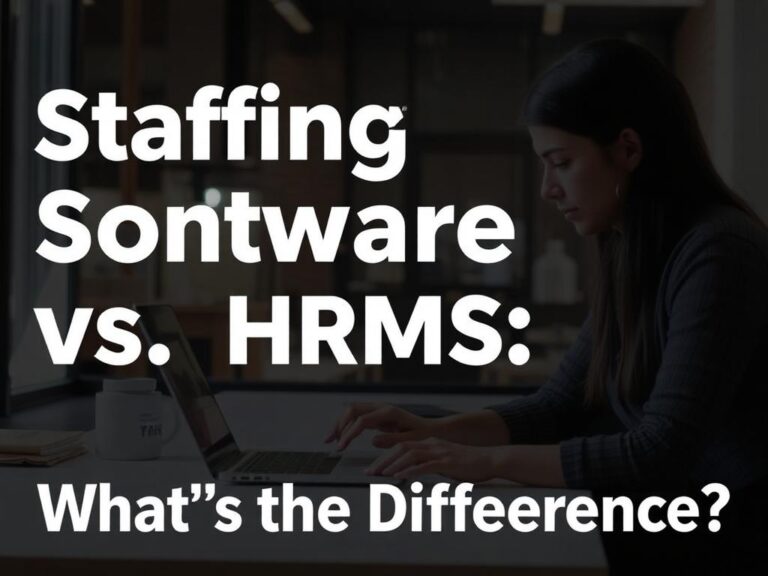Seamless Success: Integrating Staffing Software with HR and Payroll Systems
In today’s fast-paced business environment, managing workforce operations efficiently can make or break a company’s success. For organizations, especially those with fluctuating staffing needs, integrating staffing software with HR and payroll systems is not just a luxury—it’s a necessity. When these systems work in harmony, companies can streamline operations, reduce errors, improve compliance, and enhance employee experience. But what exactly does integration entail, and why is it so important? Let’s dive deep into the world of software integration and explore how it transforms staffing, HR, and payroll functions into a well-oiled machine.
Understanding the Need for Integration
Staffing software typically focuses on finding, onboarding, and managing temporary or contract workers. It handles job postings, candidate tracking, scheduling, and sometimes even compliance checks related to staffing these roles. On the other hand, HR management systems (HRMS) or human capital management (HCM) platforms cover broader employee lifecycle processes, including benefits administration, performance management, and employee records. Payroll systems take care of calculating wages, withholding taxes, and producing paychecks.
When these three types of software operate independently, businesses face various challenges. For instance, having duplicate employee records in staffing and HR databases can lead to discrepancies in pay, inactive records cluttering the system, and a generally inefficient process when it comes to tracking temps or contractors through to payroll. Therefore, integrating staffing software with HR and payroll systems creates a single source of truth, eliminating redundancy and the headache of manual data entry.
Major Benefits of Integration
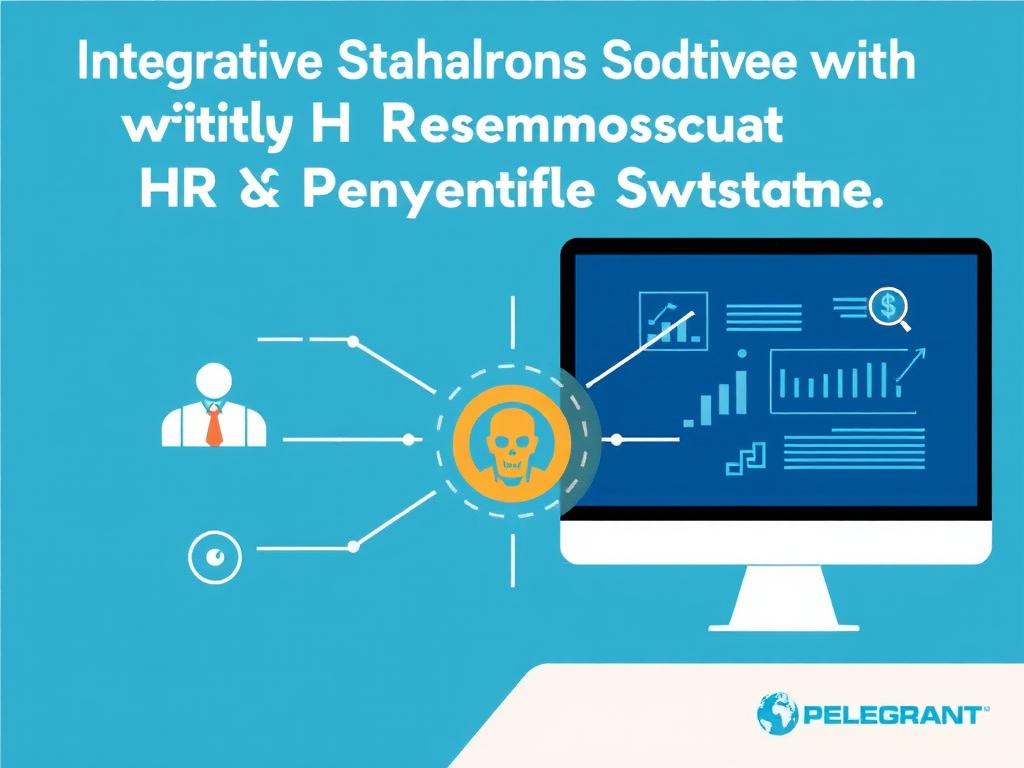
Integration brings numerous benefits that quickly add value for HR teams, payroll specialists, staffing agencies, and most importantly, the employees themselves. Here’s a breakdown of the advantages:
- Data Accuracy: Automating data flow between staffing, HR, and payroll systems eliminates manual entry errors, ensuring that employee information is consistent and up to date.
- Operational Efficiency: Integration speeds up onboarding, offboarding, and payroll processing by reducing time spent managing multiple systems.
- Improved Compliance: Accurate records and timely reporting help organizations comply with labor laws and tax regulations.
- Enhanced Employee Experience: Employees receive timely payments and benefit updates, which improves satisfaction and reduces turnover.
How Integration Works: Key Components and Processes
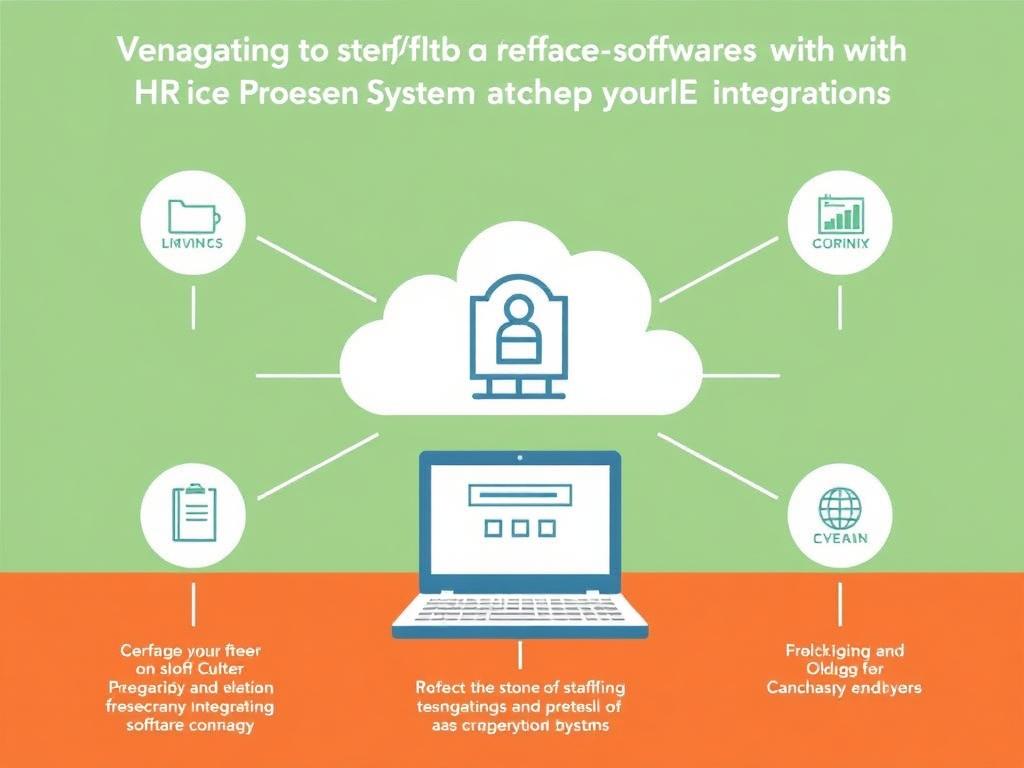
At its core, integrating staffing software with HR and payroll systems involves synchronizing data between platforms. This is commonly achieved through APIs (Application Programming Interfaces), middleware, or a centralized database. Let’s walk through the key components involved:
1. Data Synchronization
The most crucial component of integration is the real-time or scheduled synchronization of employee data such as:
| Data Type | Description | Used By |
|---|---|---|
| Personal Details | Employee name, address, contact, social security number | Staffing, HR, Payroll |
| Job Information | Position, department, contract type, hourly rates | Staffing, HR, Payroll |
| Time and Attendance | Clock-in/out, hours worked, overtime | Staffing, Payroll |
| Compensation Data | Wages, bonuses, deductions | Payroll, HR |
| Benefits Enrollment | Health insurance, retirement plans | HR |
| Compliance Documents | Work authorizations, tax forms, certifications | Staffing, HR |
2. Automated Workflow Integration
Beyond data synchronization, integrated systems allow automated workflows. For example, when a staffing software flags a new hire, it automatically triggers a chain of events: creating the employee record in the HR system, assigning benefits eligibility, and generating payroll entries for the first paycheck. This interlinked automation reduces delays and keeps all departments aligned.
3. Reporting and Analytics
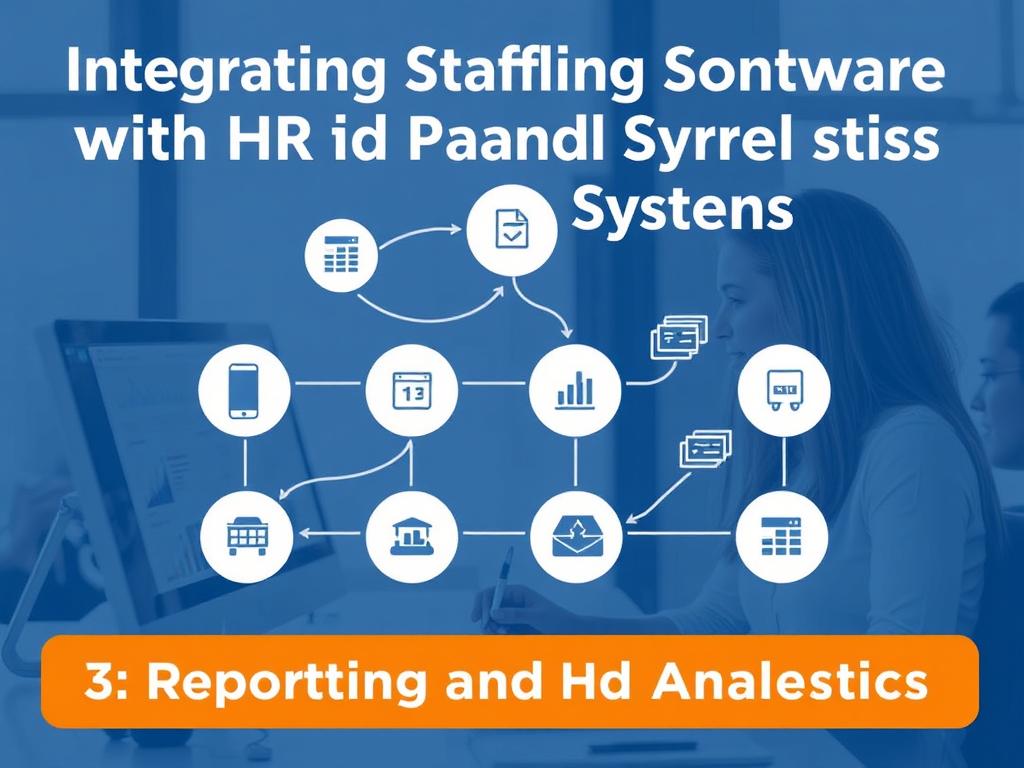
Integrated platforms enable consolidated reporting, providing valuable insights into labor costs, workforce productivity, and compliance risks. For example, you can generate a report showing the total temps paid within a time period, or compliance status for all contractors, drawing data from all systems seamlessly.
Choosing the Right Integration Strategy
Integrating staffing software with HR and payroll systems doesn’t have to be overwhelming. However, the approach you choose depends on your company’s size, complexity, and the software solutions you use. Here are the three main strategies:
- Native Integrations: Some staffing platforms come with pre-built integrations to popular HR and payroll software like Workday, ADP, or Paychex. These are usually easy to implement but limited to supported software.
- Middleware Solutions: Middleware acts as a bridge, translating and transferring data between disparate systems, often customizable to meet specific business rules. Tools like Zapier or Mulesoft fall into this category.
- Custom API Integration: This is the most flexible but resource-intensive approach, where your IT team or vendors build bespoke connections via APIs to meet unique workflows and ensure seamless data exchange.
Factors to Consider When Integrating
Before jumping into integration, consider these crucial factors:
- Data Security and Privacy: Ensure all data transfers comply with GDPR, HIPAA, or other relevant regulations, using encryption and secure authentication methods.
- Scalability: Choose solutions that can handle growth in employee numbers or new locations without performance loss.
- User Training: Even the best systems need well-trained staff to manage them effectively.
- Vendor Support: Reliable vendor support ensures swift fixes and updates keeping integrations running smoothly.
Common Challenges and How to Overcome Them
While integration sounds fantastic in theory, real-world implementation often comes with hurdles. Recognizing common challenges upfront can prepare you for smoother execution.
Data Inconsistency and Duplication
Sometimes, mismatched or duplicated records cause payroll errors and compliance issues. To avoid this, establish clear data governance policies and use validation rules during synchronization.
System Compatibility Issues
Old legacy payroll systems may not support modern APIs, leading to cumbersome workarounds. Consider upgrading or using middleware to bridge the compatibility gap.
Process Disruptions
Integrating workflows between staffing and HR teams may require significant changes in daily routines. Involve all stakeholders early, and provide thorough training to minimize resistance.
Security Risks
Multiple systems exchanging sensitive employee data can increase security vulnerabilities. Implement strong access controls, regular security audits, and encrypted connections.
Future Trends in Integration
The world of workforce technology continues evolving rapidly. Here are a few trends shaping the future of staffing software integration with HR and payroll systems:
- Artificial Intelligence: AI-driven analytics and automation will further reduce manual tasks in staffing and payroll processes.
- Cloud-Based Ecosystems: Cloud platforms make integration simpler and more scalable, allowing real-time data sharing across multiple devices.
- Mobile Accessibility: Employees and managers are increasingly using mobile apps to manage schedules, time tracking, and payroll info on the go.
- Enhanced Compliance Tools: Automated compliance monitoring in integrated systems will reduce legal risks as regulations become more complex.
Summary Table: Comparing Integration Approaches
| Integration Approach | Pros | Cons | Best For |
|---|---|---|---|
| Native Integrations | Quick setup, vendor-supported | Limited software options, less flexible | Small to mid-sized firms with common software |
| Middleware Solutions | Flexible, reusable for multiple systems | May require technical knowledge for setup | Companies with mixed software environments |
| Custom API Integration | Highly customizable, scalable | Expensive, time-consuming | Large enterprises with complex needs |
Conclusion
Integrating staffing software with HR and payroll systems is a strategic move that delivers substantial benefits in efficiency, accuracy, compliance, and employee satisfaction. While the process involves technical challenges and change management efforts, the long-term payoff is well worth it. By choosing the right integration approach, prioritizing data security, and embracing future trends like AI and cloud technologies, organizations can create a seamless, scalable, and intelligent workforce management ecosystem. Whether you’re a staffing agency managing temps, an HR team overseeing benefits and compliance, or a payroll department ensuring timely payments, integration is the key to unlocking smoother operations and stronger business outcomes. The journey may require planning and collaboration, but once all these systems start talking fluently, your business will run smarter and faster than ever before.





